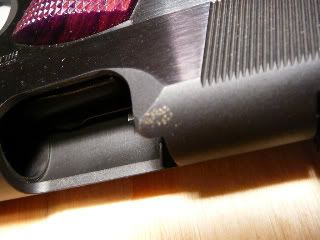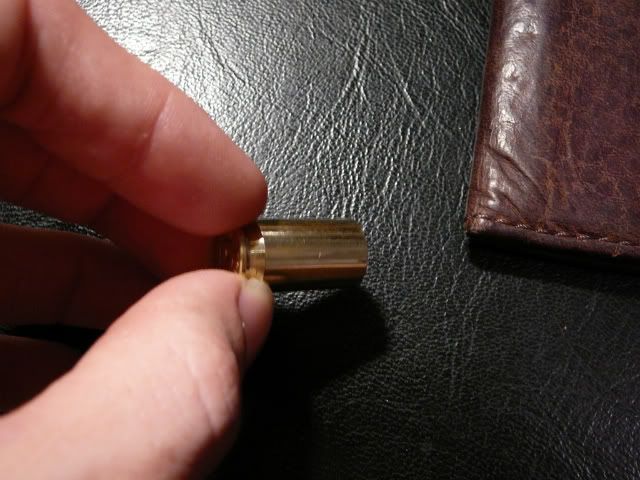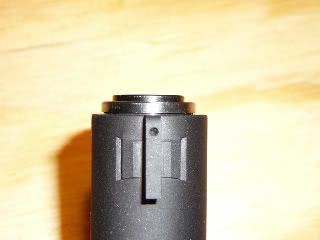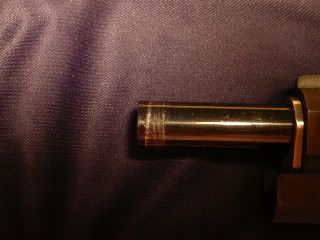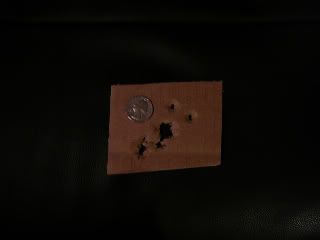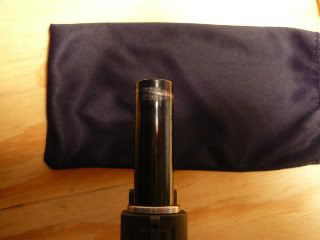aside from the factory exactly 250 rounds have been through it, and I'm already getting this bluing wear where the flat of the bluing starts on the top rear portion of the ejection port. Heres a pic:
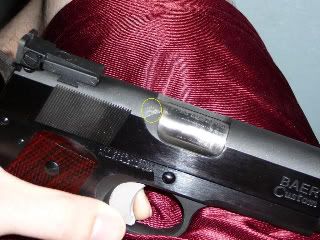
This only bothers me if it isn't normal to have this magnitude of wear after 250 rounds. So is this normal?
Second question: The spent cartridges seem to come out very grimy, is this normal for a 1911?
Now i've just got some general care and use questions:
Will dry firing this pistol harm it? If it will harm it do dummy rounds help? How often should I clean it, I hear 1911s are more accurate with a dirty barrel is this true? Lastly, for a gun intended to be used for LEG matches what is the best way to chamber a round, slide release or all the way back.
Thank you!



